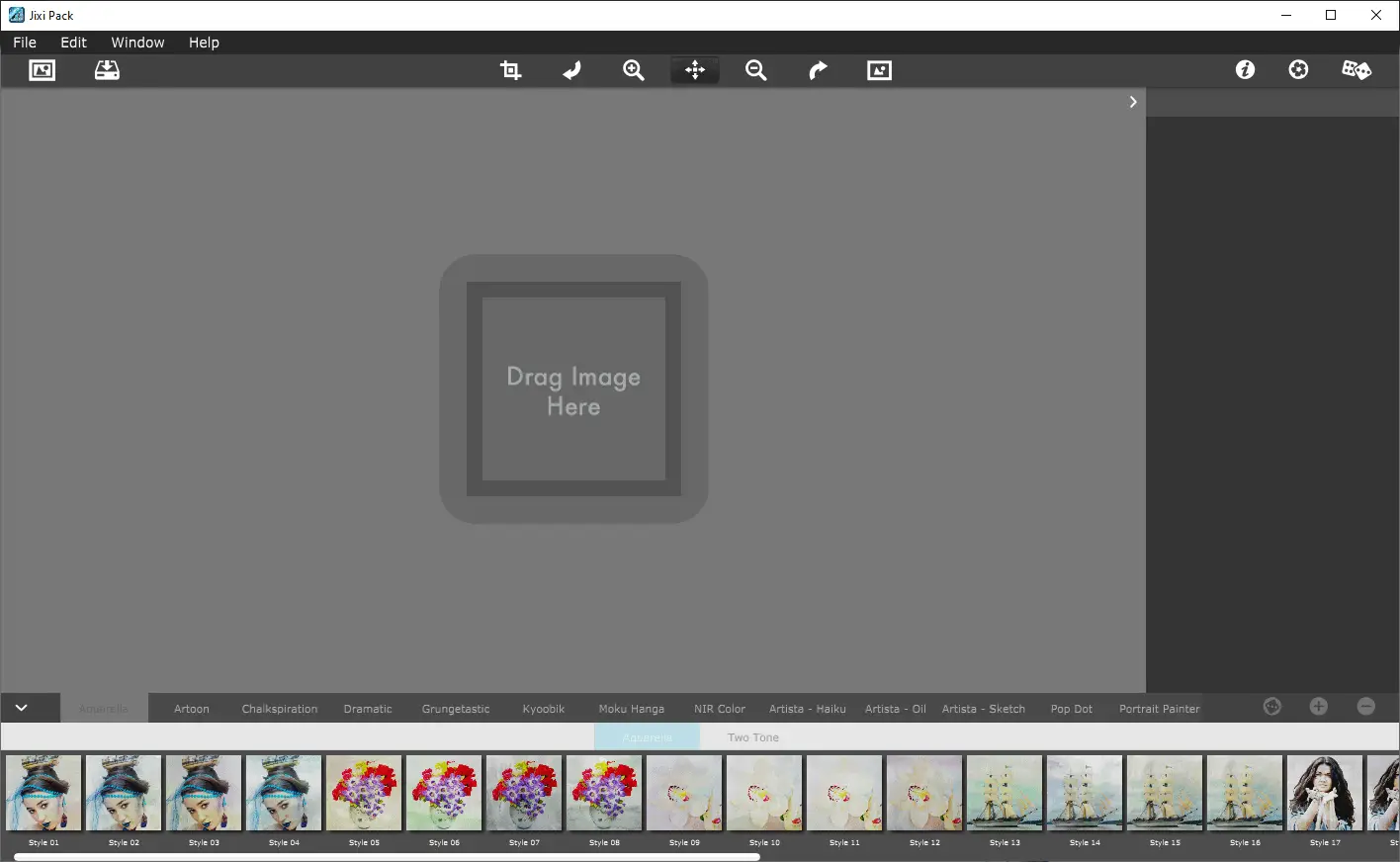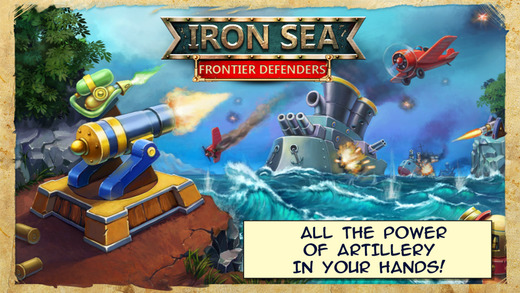


It’s also a beautiful method-wood, water, natural pigments, brushes, hand-held carving tools and handmade paper are the simple materials that make the method a pleasure to work with.
Moku hanga for pc portable#
I took up moku hanga because it’s an artistic medium that is neither toxic nor messy, and it’s compact and portable enough to do on the side in my small home-based studio while I continue to serve my freelance digital commercial illustration clients. OPP: What keeps you returning to moku hanga? What do you love about the process?ĪB: Although I’m a great admirer of Japanese art and aesthetics, I didn’t start working with moku hanga because of an interest traditional Japanese art. Selections from Secret Codewords of the NSA, each 6" x 6." Photo credit: Stephen Petegorsky Japanese woodblock prints, also called ukiyo-e, are known especially for their intense use of color. After a time colors began to be added by hand and then, as woodblock printing became the primary form of commercial printing in Japan, printers began to carve blocks for each color. Woodblock printing was brought to Japan in the 8th century by Buddhists from China and was first used to reproduce religious texts.

Other Peoples Pixels: Can you explain moku hanga for the non-printmakers among us?Īnnie Bissett: Moku hanga, which means “wood print,” is a centuries-old Japanese way of printing that uses waterborne pigments, brushes instead of rollers, and a hand-held printing device called a baren instead of a mechanical press. Annie lives and works in Providence, Rhode Island. You can purchase Annie's four self-published books here. Annie's numerous solo exhibitions include: Playing with Fire (2018) at Oxbow Gallery (Northampton MA), Past/Present/Now (2016) at Charles Krause Reporting (Washington DC) and I Was a 20th Century Lesbian at Hosmer Gallery (Northampton MA.) Her work is in the permanent collections of notable institutions like New York Public Library, Boston Public Library, Portland Museum of Art, and Hood Museum of Art at Dartmouth College. Working primarily in moku hanga, she has tackled religious relics and spiritual cliche, the historical struggle for gay liberation and the idiomatic expressions associated with wealth and poverty in capitalist America. Printmaker ANNIE BISSETT explores the visual symbols and verbal cliches associated with various belief systems: from the religious to the political to the economic to the prophetic.


 0 kommentar(er)
0 kommentar(er)
